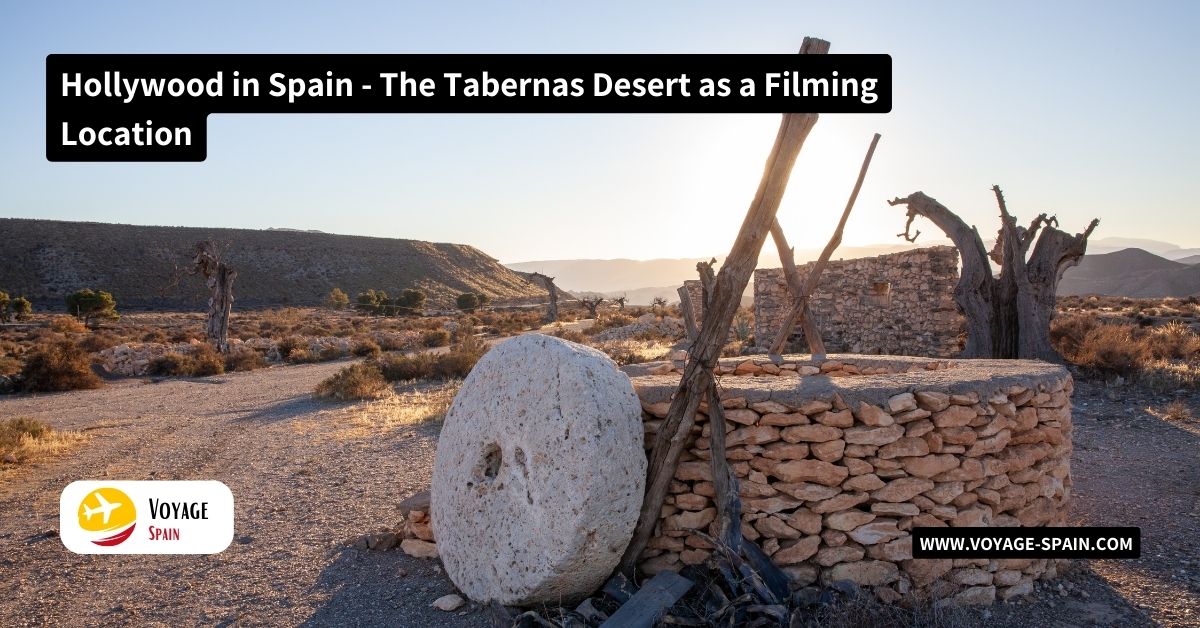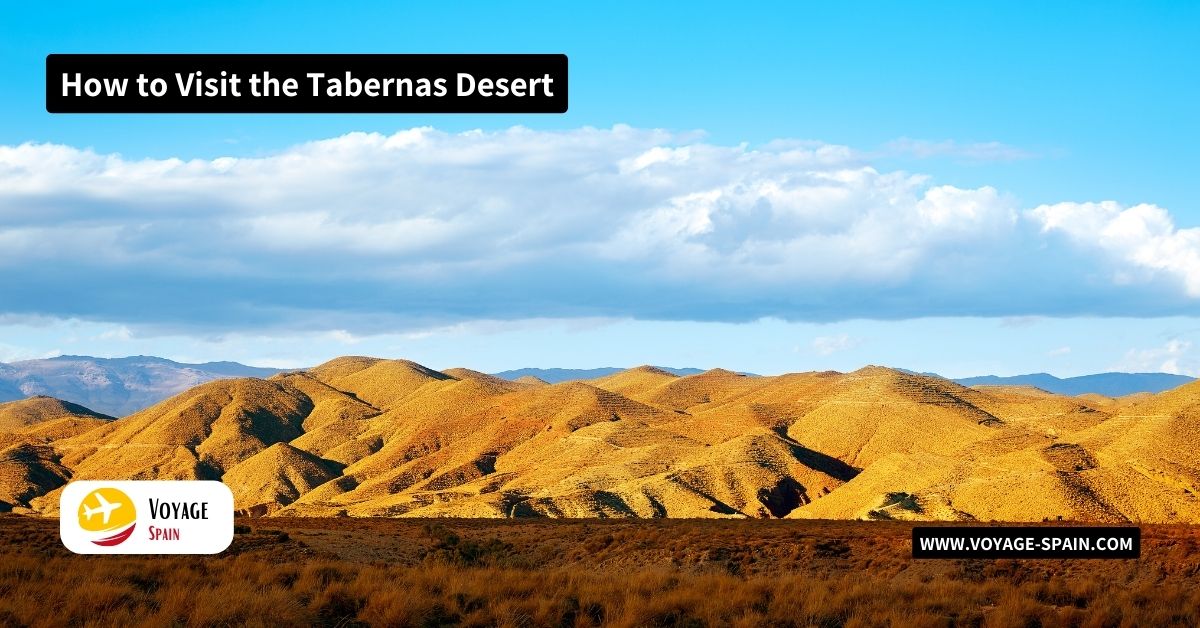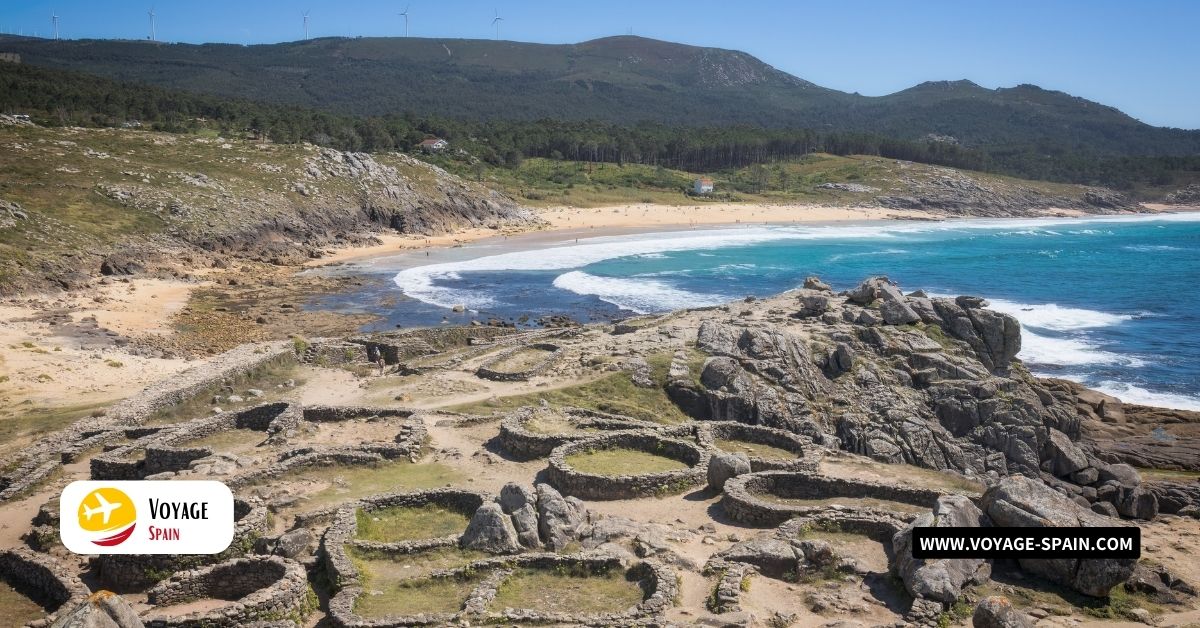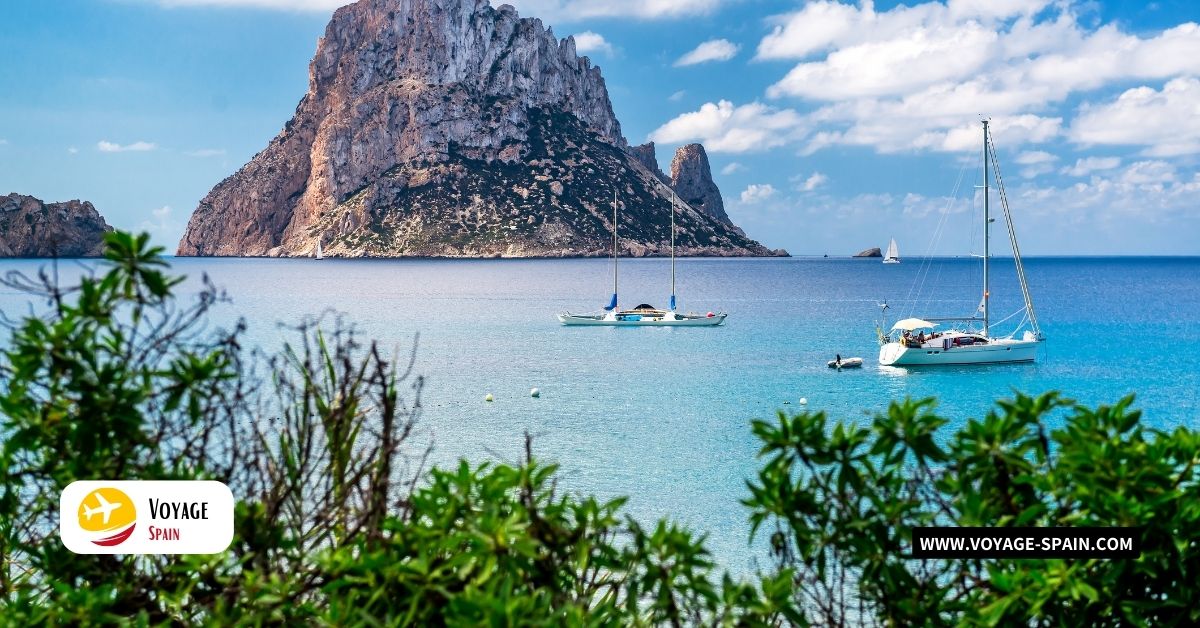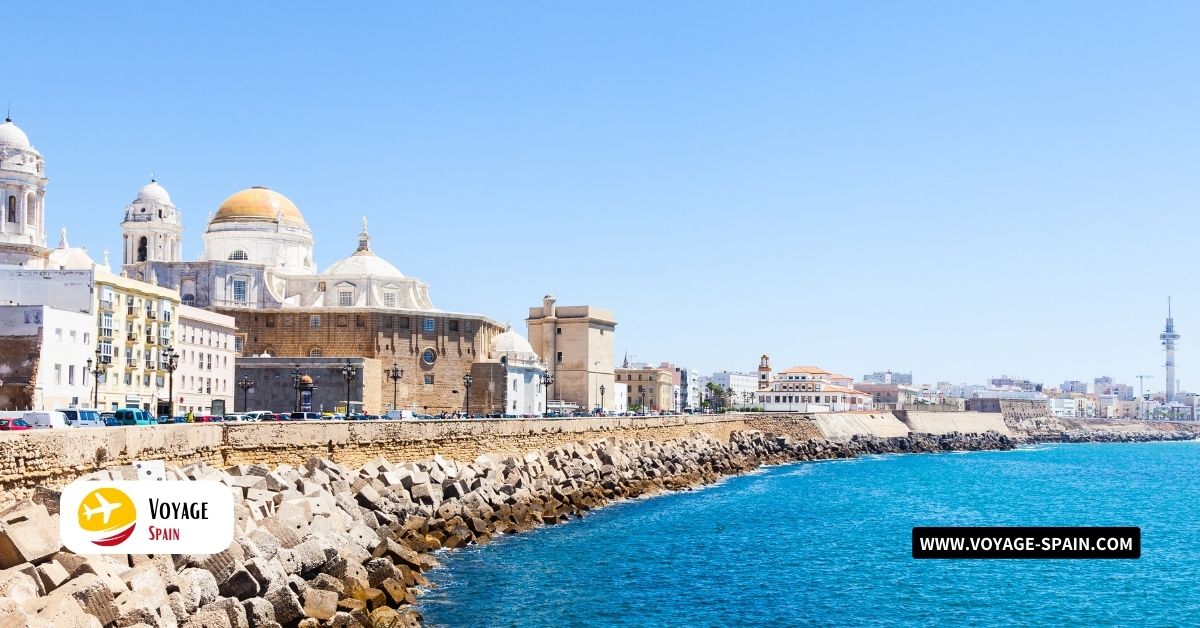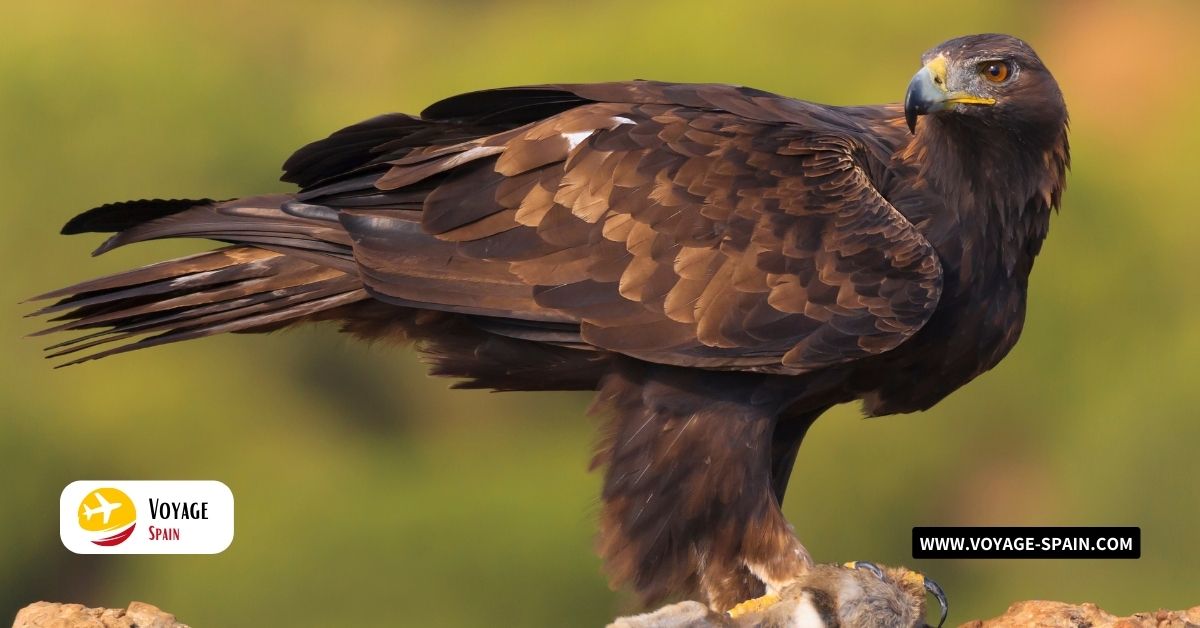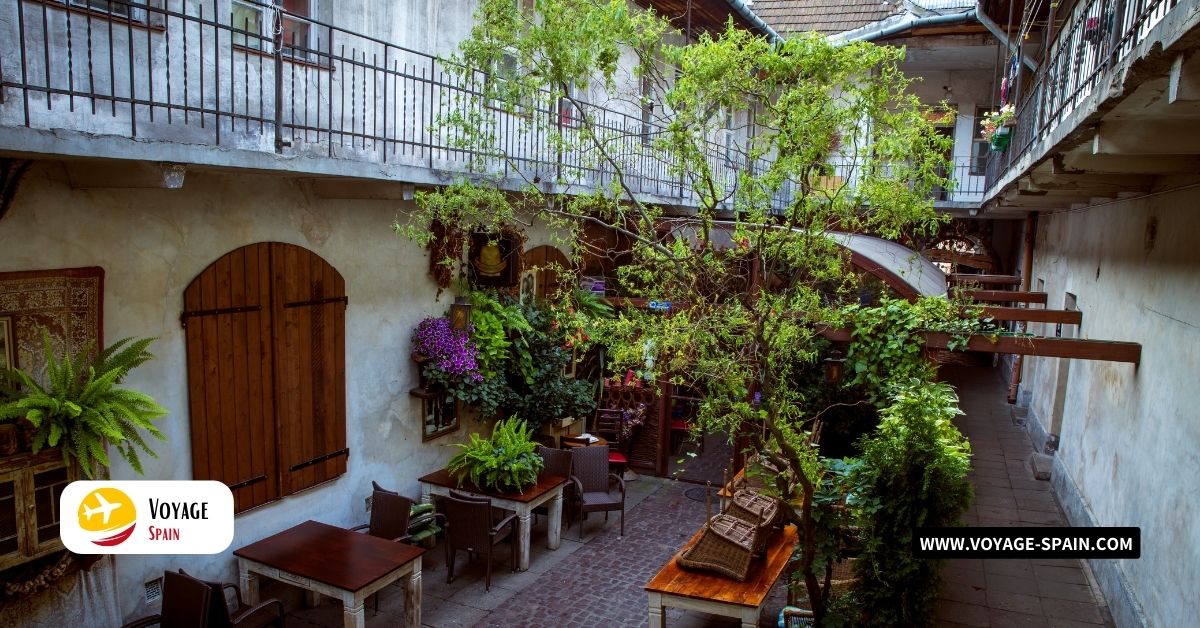The Tabernas Desert – A Geological Marvel
Spain, the Tabernas Desert isn’t just a sun-soaked playground for movie buffs; it’s a geological marvel that has stood the test of time. The story of Tabernas dates back millions of years to a time when this parched land was submerged beneath a vast sea. Over eons, the shifting tectonic plates and geological forces sculpted what we now know as the Tabernas Desert.
In the rain shadow of the Sierra de Alhamilla and Sierra de Filabres mountain ranges, Tabernas receives a paltry 200 millimeters of rainfall annually. This scarcity of precipitation, combined with scorching summer temperatures, creates the perfect recipe for a desert landscape.
Flora and Fauna of the Tabernas Desert
The Tabernas Desert boasts a flora and fauna roster that could give any biodiverse hotspot a run for its money. Contrary to the arid stereotype, you’ll find an array of resilient plant species here. From hardy desert scrub like wild olives and thyme to the impressive century plant, which can live up to 100 years before flowering, the desert is a botanical wonderland.
The Tabernas Desert is home to an assortment of critters that have embraced the desert’s challenges. One standout is the Iberian ibex, a sturdy mountain goat that navigates the rugged terrain with ease. And don’t be surprised if you spot a playful red fox or two darting through the dunes. As for the birdlife, the desert skies are alive with the graceful flight of Griffon vultures, Bonelli’s eagles, and the rare Trumpeter finch.
Hollywood in Spain – The Tabernas Desert as a Filming Location
The story begins with the spaghetti Westerns of the 1960s. Iconic directors like Sergio Leone found the Tabernas Desert to be the perfect stand-in for the American Wild West. Its vast expanses of barren land, dusty trails, and dramatic rock formations made it the ideal backdrop for epic gunfights and showdowns.
The Tabernas Desert’s silver screen debut came with Sergio Leone’s “A Fistful of Dollars” in 1964, starring none other than Clint Eastwood. This film marked the beginning of a long and illustrious career for the desert as a movie star in its own right. Subsequently, classics like “For a Few Dollars More” and “The Good, the Bad, and the Ugly” followed suit, further solidifying Tabernas as the go-to place for spaghetti Westerns. Fast forward to more recent times, and the desert’s allure continues to shine in blockbuster productions. “Indiana Jones and the Last Crusade” showcased its rugged beauty, and “Game of Thrones” fans might recognize it as the backdrop for scenes in the land of Essos.
Tourist Attractions and Activities
The Tabernas Desert isn’t just about breathtaking landscapes and movie magic; it’s also a playground for curious travelers. From thrilling desert safaris to stargazing nights that’ll leave you awestruck, there’s something for everyone.
- Oasys Mini Hollywood: Step back in time and immerse yourself in the Wild West at Oasys Mini Hollywood. This Western film theme park is a nod to the Tabernas Desert’s Hollywood history, complete with saloons, shootouts, and mock gunfights.
- Texas Hollywood: Another cinematic gem, Texas Hollywood offers a similar Western experience. Explore the film sets and enjoy live reenactments of iconic scenes.
- Desert Safaris: Hop on a 4×4 or camel, and set out to explore the rugged terrain. Your guides will regale you with stories of the desert’s history and its Hollywood fame while navigating the dusty trails.
- Hiking and Trekking: Lace up your hiking boots and venture into the wilderness on foot. The Tabernas Desert offers a range of hiking trails that lead to panoramic viewpoints and hidden gems.
- Stargazing: The clear, unpolluted skies make for exceptional stargazing opportunities. Join a guided stargazing tour to unlock the secrets of the universe or simply lay back and gaze at the celestial wonders above.
- Visitor Facilities: For those seeking comfort, you’ll find visitor facilities scattered across the desert. These include information centers, rest areas, and picnic spots.
Tabernas Desert Conservation Efforts
The desert’s unique flora and fauna have adapted over millennia to survive in this arid landscape, making it a place of wonder and natural beauty. Preserving this delicate balance is not just an option; it’s an imperative. The Tabernas Desert’s survival is intertwined with the survival of countless species, some of which are found nowhere else on Earth.
Fortunately, the Tabernas Desert hasn’t been left to face the harsh desert winds on its own. A dedicated community of conservationists and organizations has been working tirelessly to protect this remarkable ecosystem. Initiatives like habitat restoration, water conservation, and wildlife monitoring are helping to safeguard the desert’s unique biodiversity.
How to Visit the Tabernas Desert
This arid wonderland offers a unique blend of cinematic history and breathtaking natural beauty. To ensure your trip is a smooth ride through the Wild West of Spain, here’s a handy guide on how to visit the Tabernas Desert.
Getting There
- From Almería: The Tabernas Desert is just a stone’s throw away from Almería city. Rent a car or take a taxi for the quickest access.
- From Granada: If you’re starting in Granada, hop on a bus headed to Almería and get off at Tabernas. From there, it’s a short drive to the desert.
- From Madrid: If Madrid is your base, consider taking a high-speed train to Almería, and then continue as mentioned above.
Accommodation Options
- Desert Hotels: For an authentic desert experience, stay in one of the charming desert hotels or guesthouses. They offer comfortable accommodations surrounded by stunning landscapes.
- Almería City: If you prefer city comforts, Almería city has a range of hotels and accommodations to suit different budgets. It’s a convenient base for exploring the desert during the day.
Dining Recommendations
- Local Cuisine: Don’t miss the chance to savor local dishes. Try “migas,” a traditional Spanish dish made from breadcrumbs, or indulge in fresh seafood, a regional specialty.
- Tabernas Village: Visit the quaint village of Tabernas for a taste of local flavors. You’ll find cozy restaurants serving up delicious Andalusian cuisine.
Tips for a Great Visit
- Sun Protection: Sunscreen, sunglasses, and a wide-brimmed hat are your best friends in the desert’s scorching sun.
- Hydration: Stay hydrated! Carry plenty of water with you, especially if you plan to hike or explore during the day.
- Layer Up: Evenings can get chilly, so bring layers for temperature fluctuations.
- Respect Nature: Remember to leave no trace. Respect the desert’s delicate ecosystem and wildlife by staying on marked trails and disposing of waste responsibly.
Conclusion
The Tabernas Desert, Europe’s very own slice of the Wild West, has a charm that’s as unique as it is enchanting. This arid landscape, with its rugged beauty and rich history, stands as a testament to the marvels of the natural world. From its iconic role in Western films to its diverse flora and fauna, the Tabernas Desert is a treasure trove of surprises waiting to be uncovered.
FAQs
Q1: Is Tabernas desert worth visiting?
Yes, the Tabernas Desert is worth visiting for its cinematic history, stunning landscapes, and unique flora and fauna.
Q2: Why is Almería famous?
Almería is famous for its role as a key location for spaghetti Western films in the 1960s.
Q3: Which country is Almería from?
Almería is in Spain.
Q4: Why is Almería white?
Some buildings in Almería are white-washed, a common architectural style in the region to combat the intense sun.
Q5: Which city is Almería in?
Almería is both a city and a province in Spain, with the city serving as the capital of the Almería province.
Q6: Is Almeria in Spain or Portugal?
Almería is in Spain, not Portugal. It’s located in the southeastern part of Spain along the Mediterranean coast.


